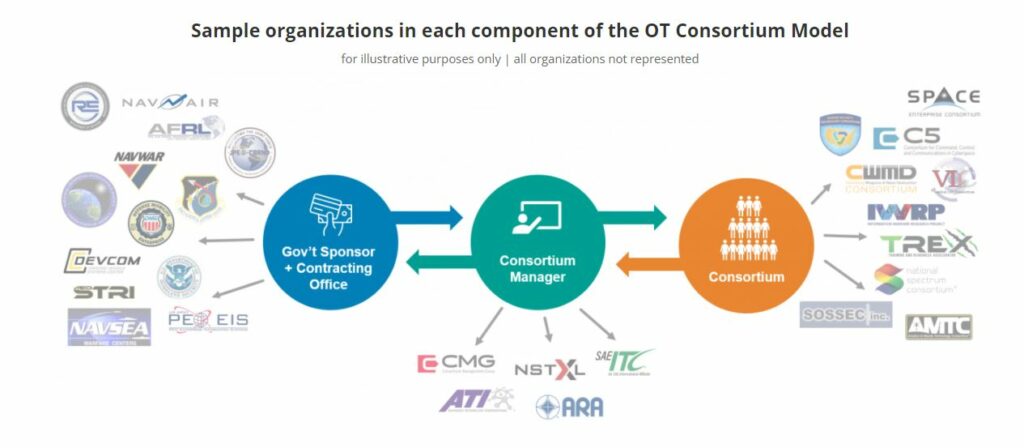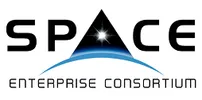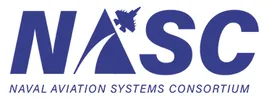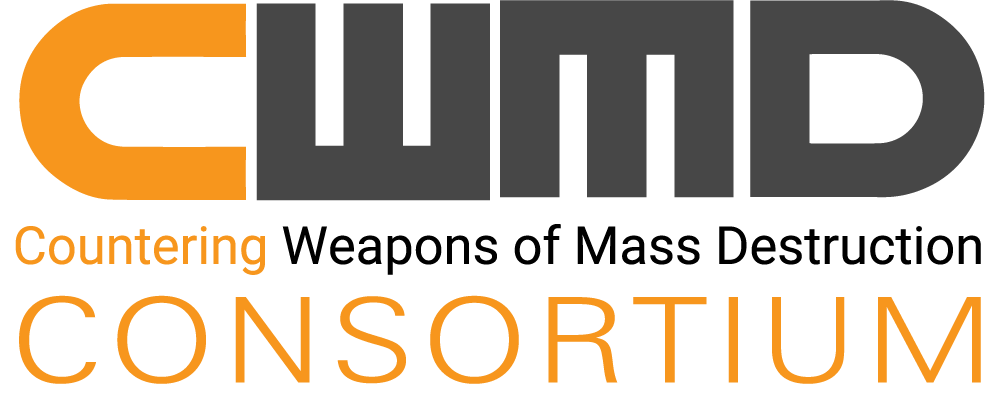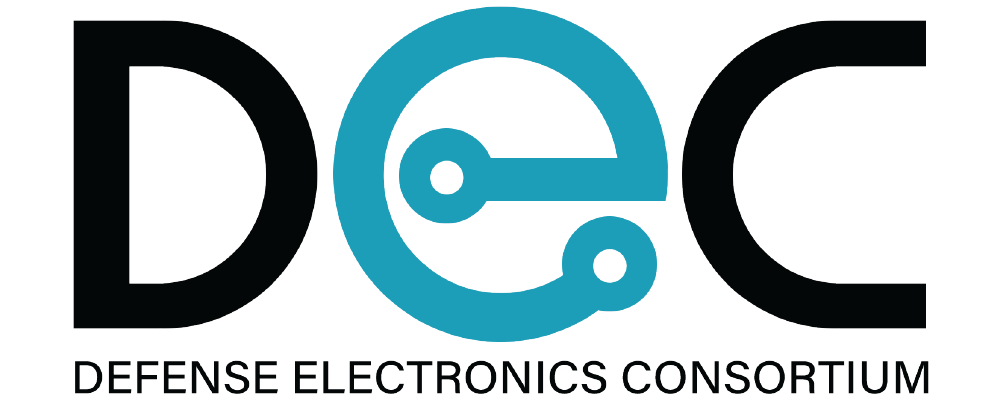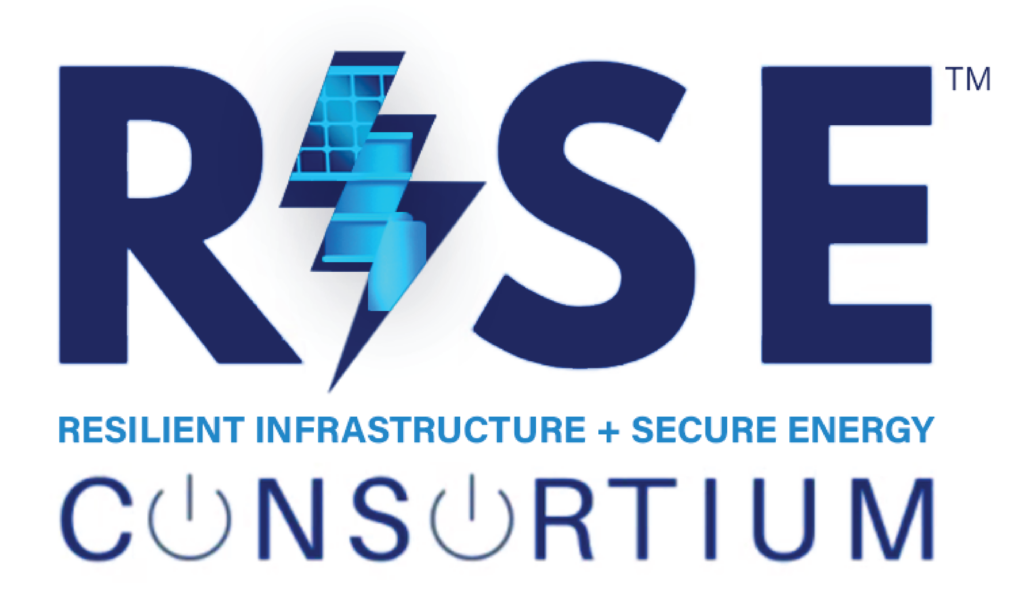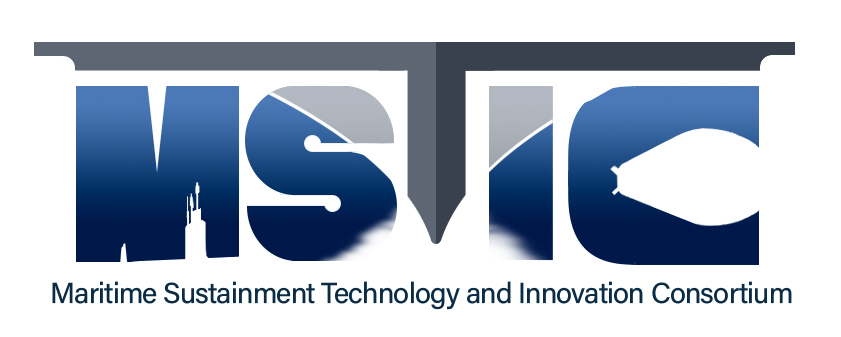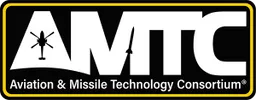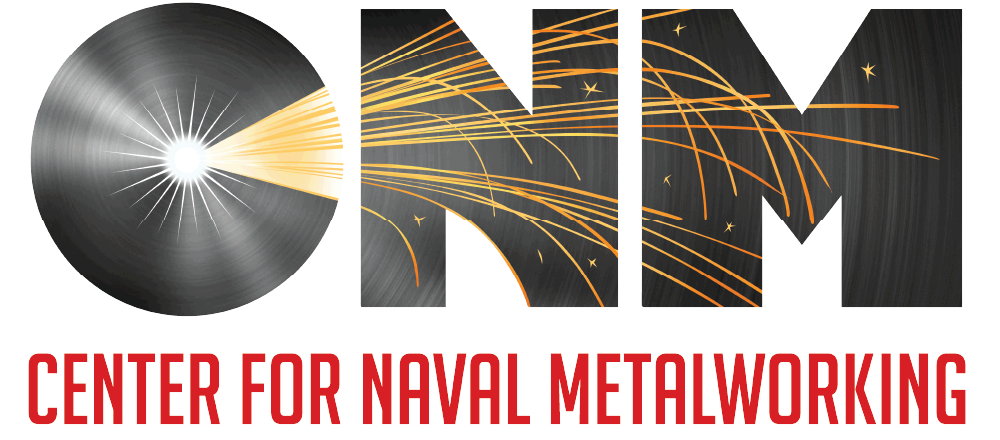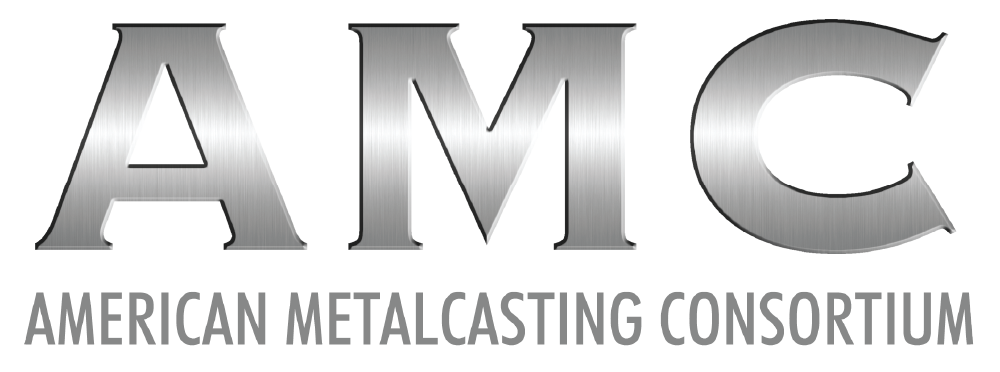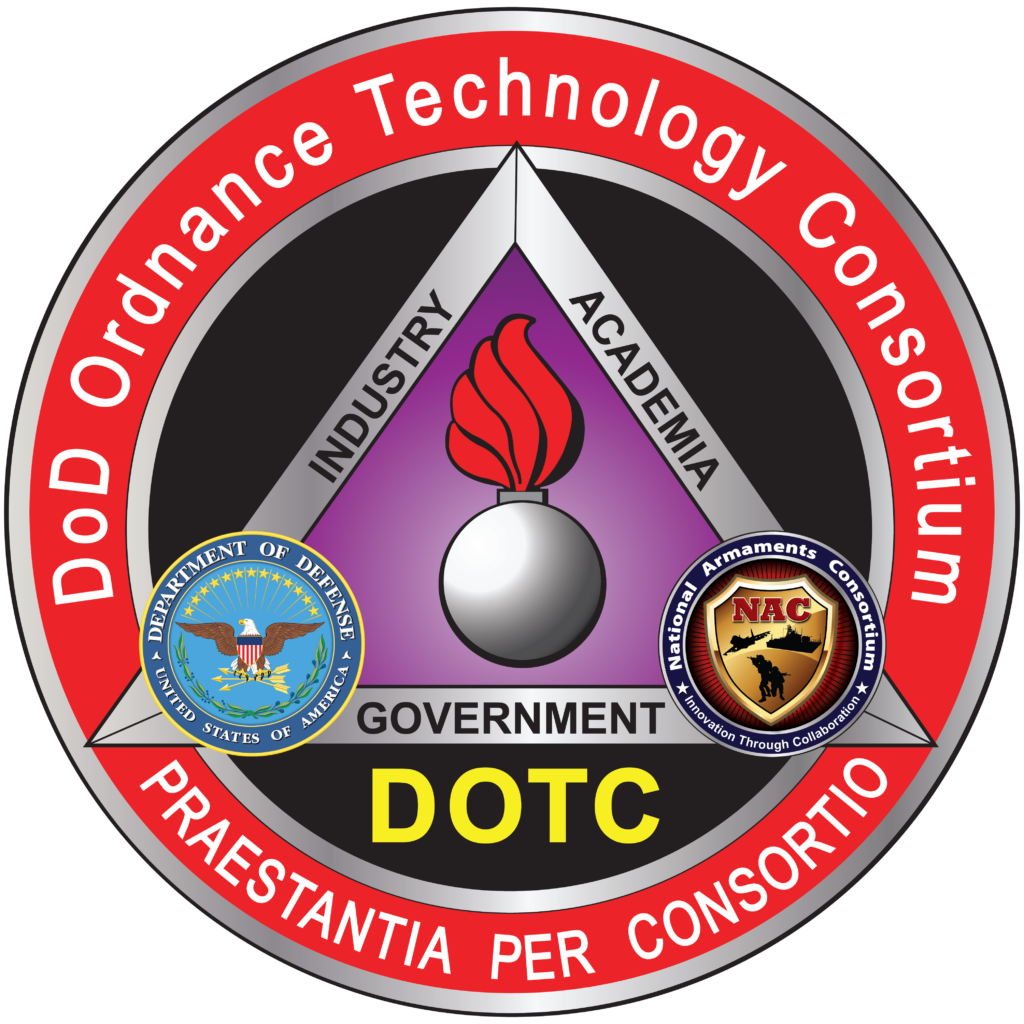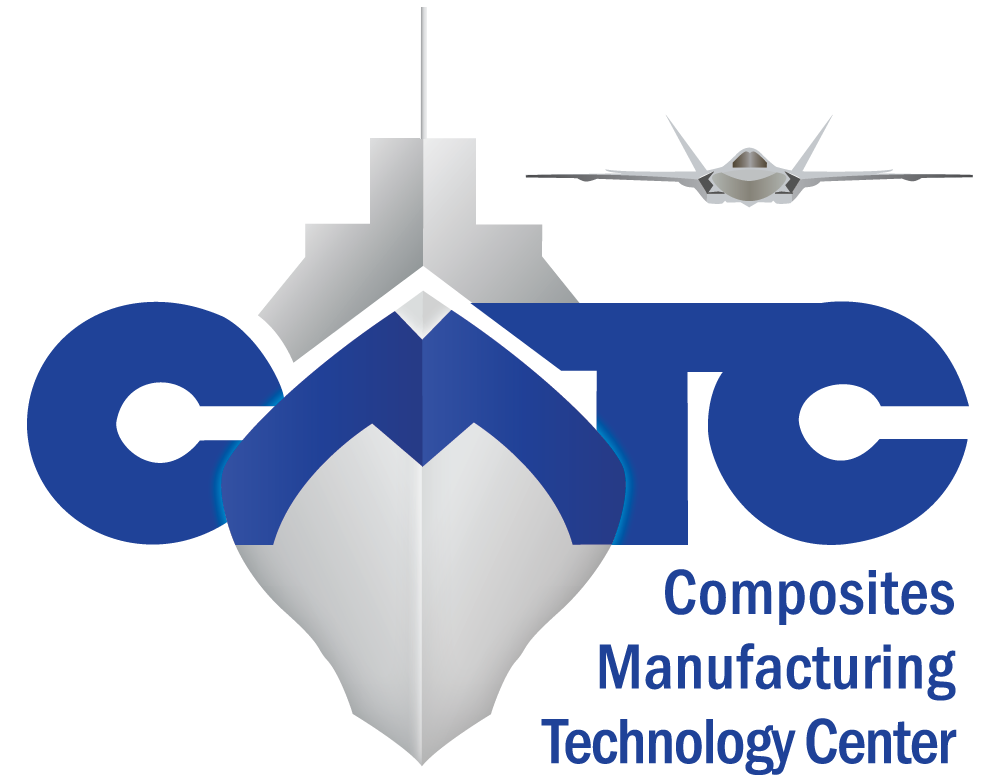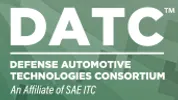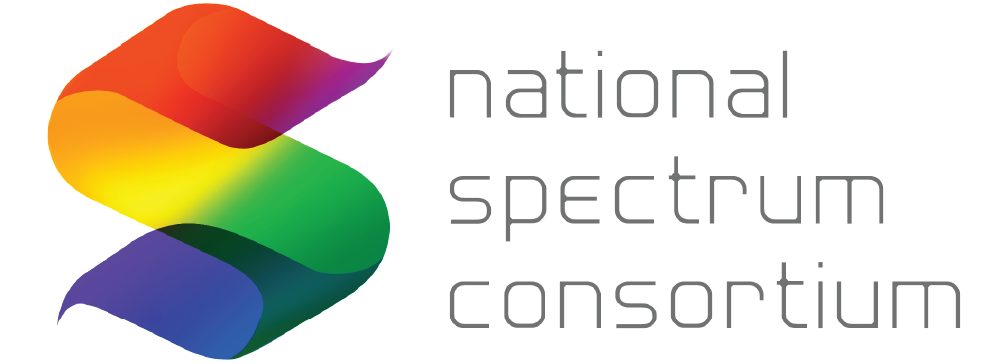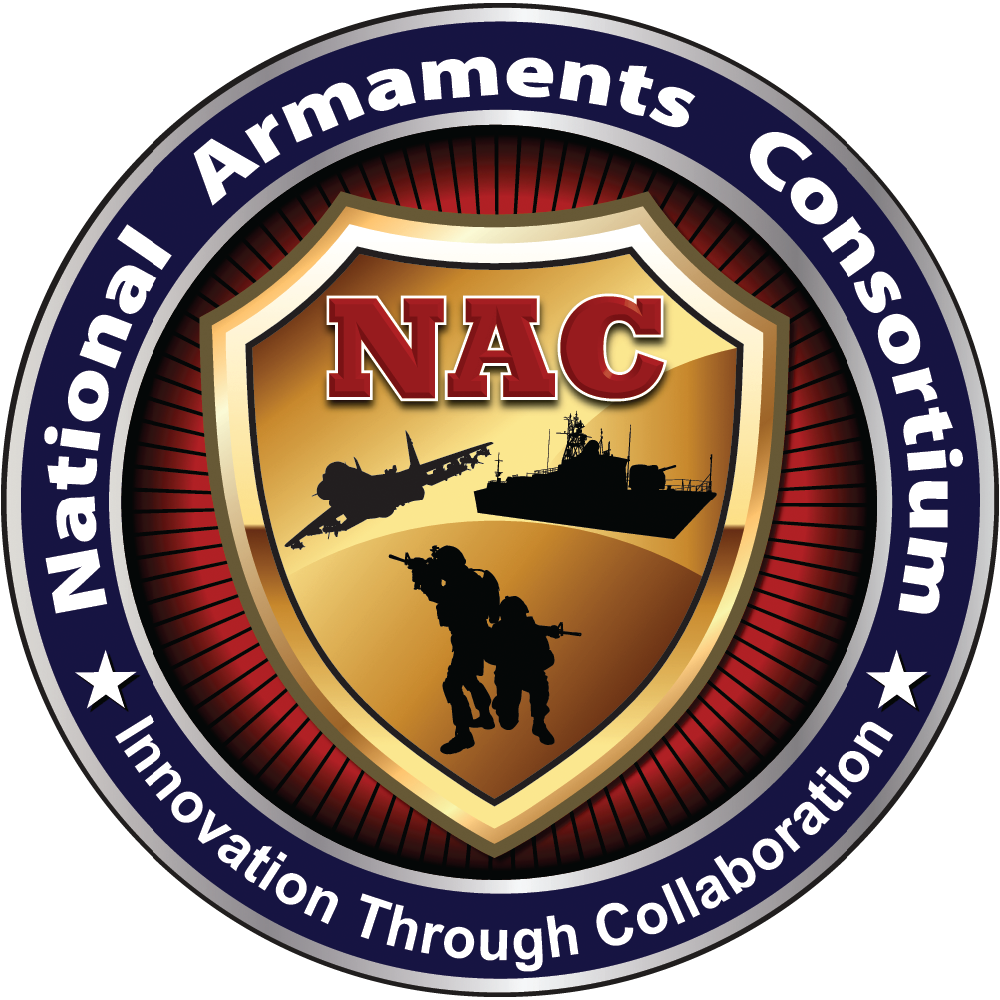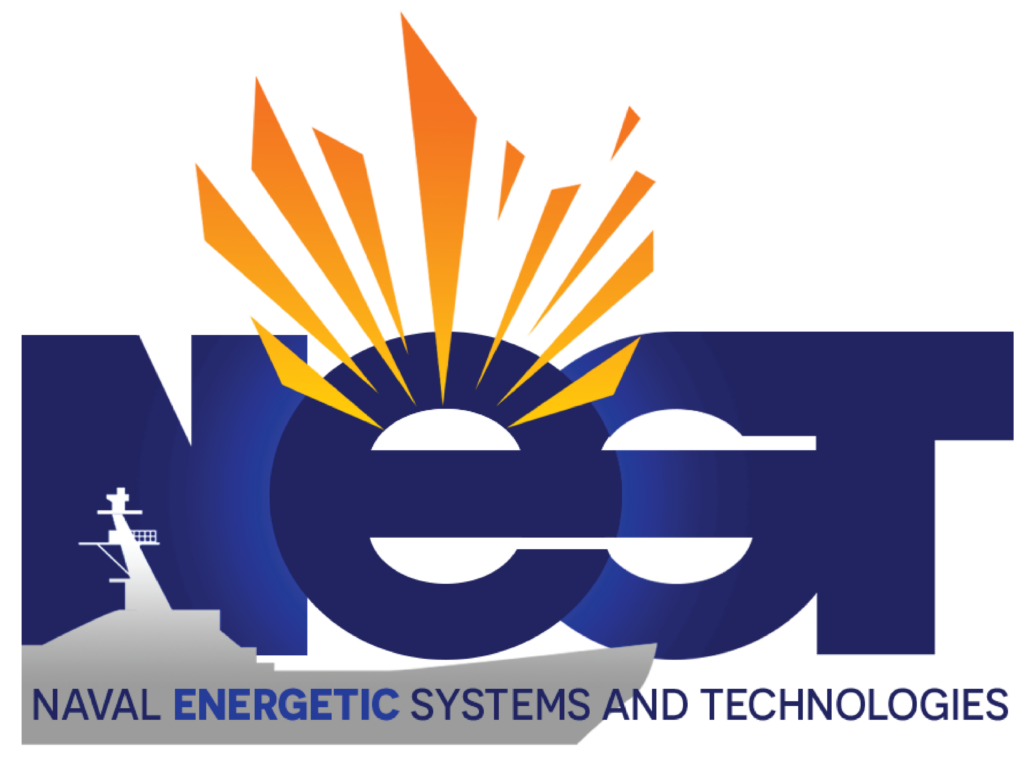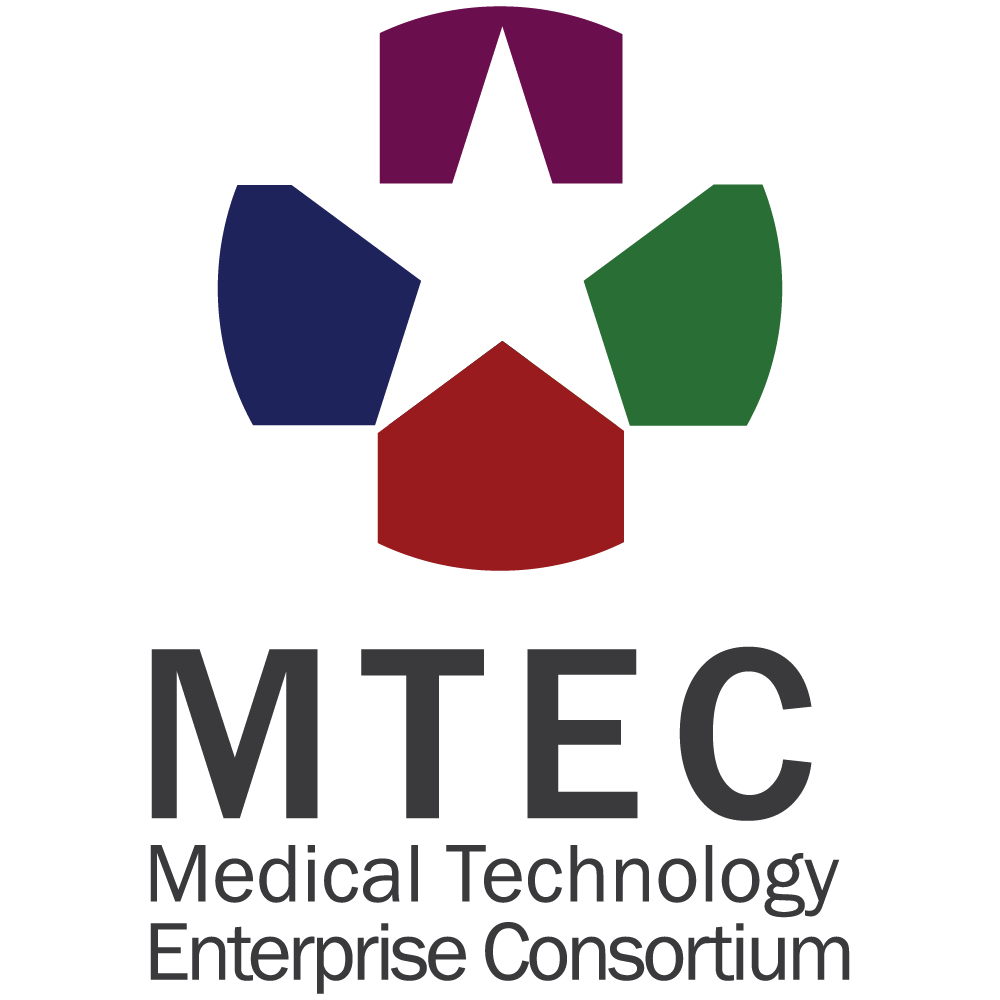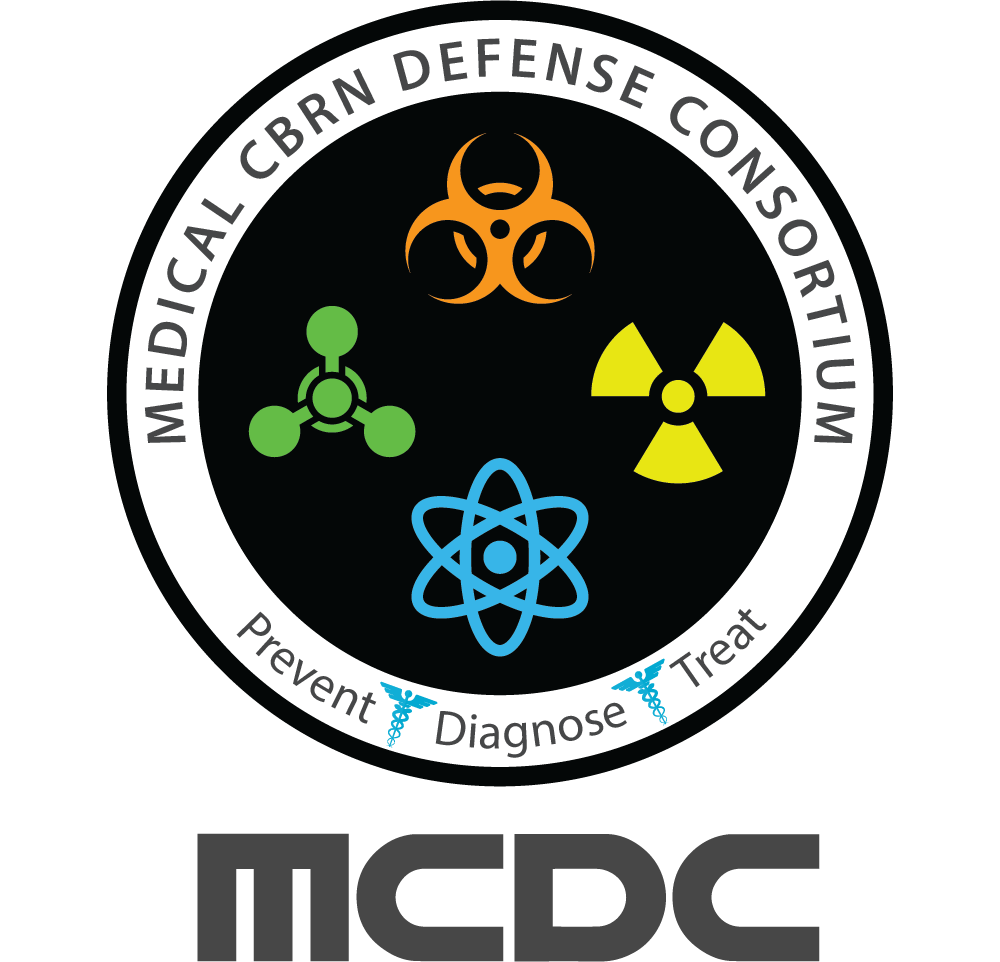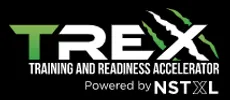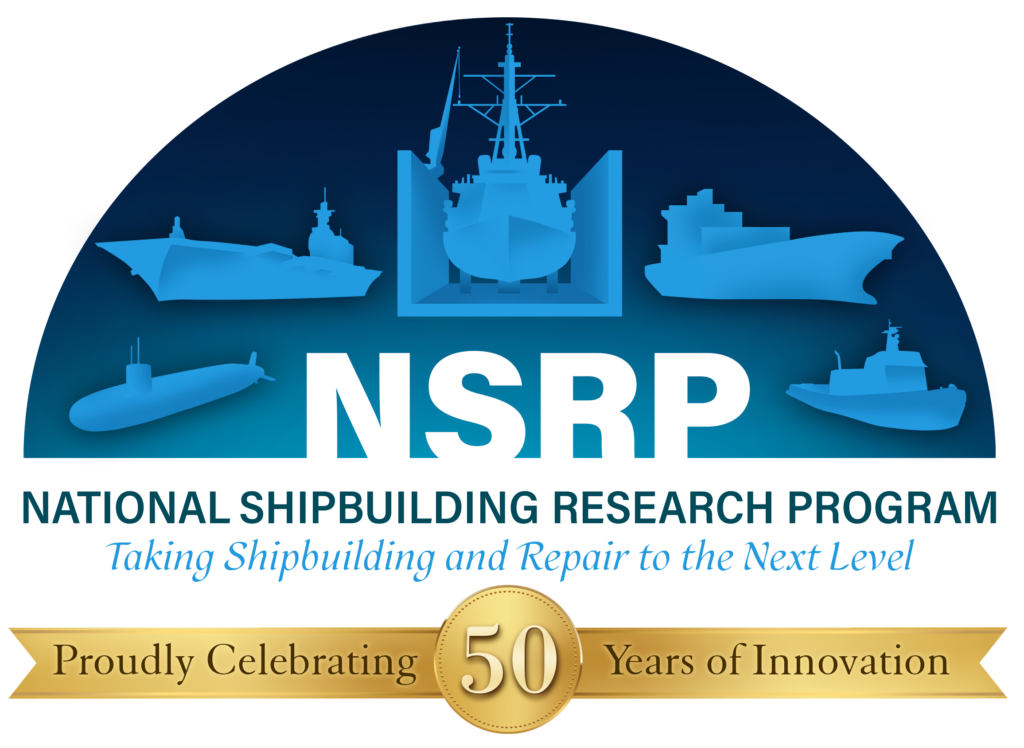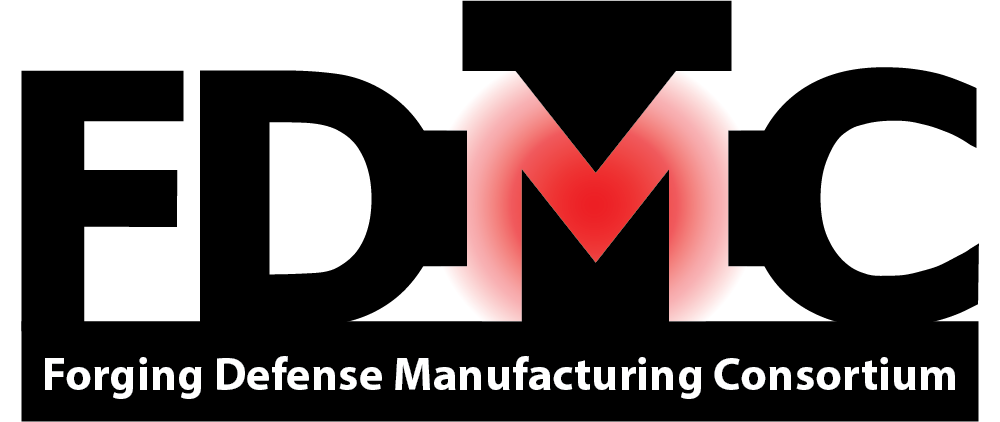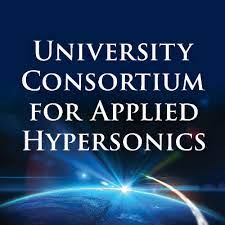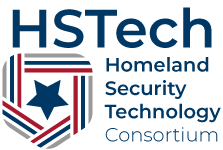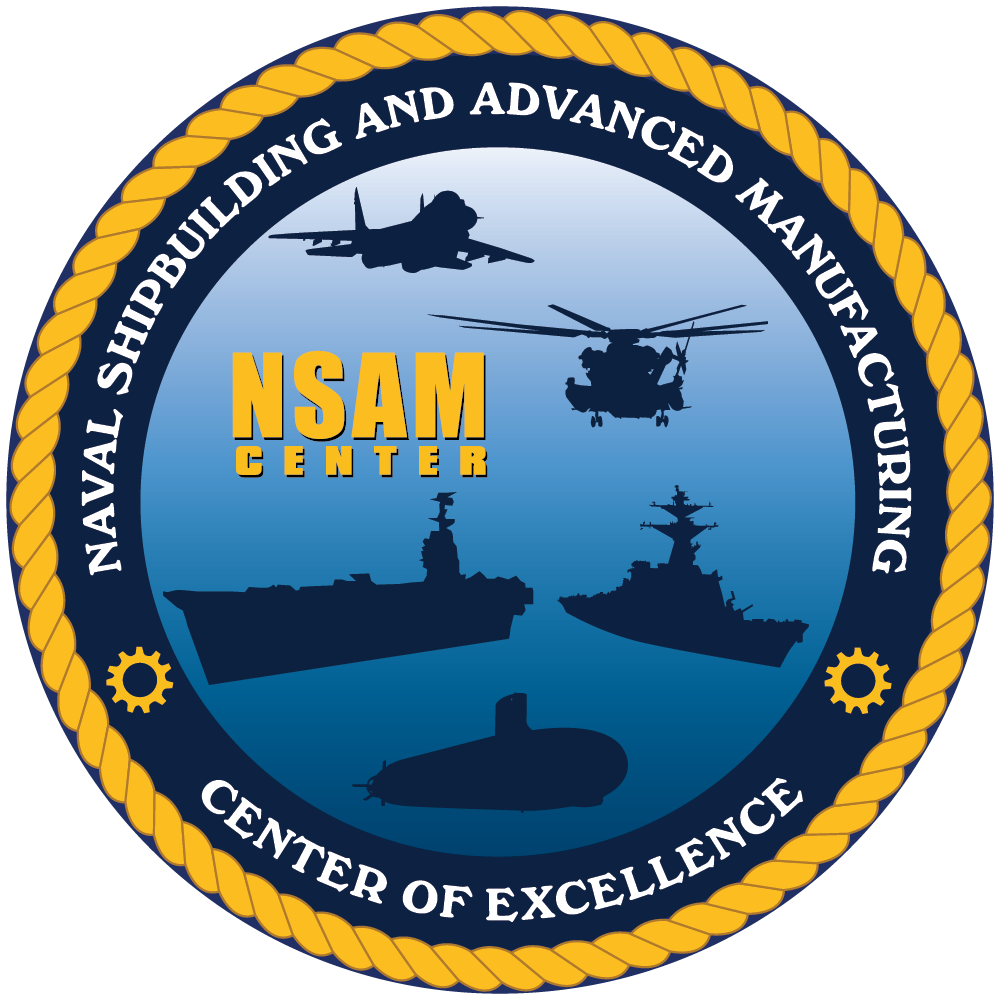Consortiums
Has numerous advantages over FAR-based contracting
• Speed, agility, and flexibility
• Collaborative and Competitive
• Facilitates networking and teaming among the membership
• Improved dialogue between government and consortium
• Significant non-traditional and small business participation in meaningful R&D
C5 accelerates the development and deployment of new capabilities to the Warfighter through the use of Other Transaction Authority. C5 gives members an innovative and commonsense acquisition mechanism for development of new technologies and products to meet government customer requirements.
The Office of the Secretary of Defense requested that the Army establish a new OTA to address C4ISR and cyber-technology requirements. In response, C5 was formed. Based upon the simplicity and transparency of its business model, C5 was awarded an initial three-year, OTA with the Army in July 2014, and a 10-year, no-ceiling, follow-on OTA in April 2017. In April 2018, the Marine Corps Systems Command signed a 5-year no-ceiling agreement with C5 for the use of OTA.
- Air Vehicles
- Propulsion and Power
- Avionics
- Human Systems
- Weapons and Energetics
- Support Equipment and Aircraft Launch and Recovery Equipment
- Warfare Analysis
- Research and Intelligence
- Test, Evaluation and Engineering
- Simulation and Modeling
- Digital Transformation
The Government, in conjunction with VLC, performs a coordinated research and development program designed to develop prototype aviation technologies. Under this Agreement, the Government, along with the non-government members from VLC, can perform coordinated planning and research and development prototype efforts.
- Aeromechanics
- Rotorcraft Structures
- Vehicle Management Systems
- Rotorcraft Subsystems
- Transmissions and Drives Systems
- Engines and Motors
- Other Power Sources
- Survivability
- Teaming and Autonomy
- Human Systems Interfaces
- Avionics and Networks Communications
- Engagement and Effects
- Operations Support and Sustainment
- Flight Operations
- Aerial Systems Concept Evaluation
- Systems Effectiveness Analysis
The Space Enterprise Consortium (SpEC) was created in 2017 through the Air Force Space and Missile Systems Center. SpEC was created to bridge the cultural gap between military buyers and commercial space startups and small businesses through OTAs. The OTA’s innovative contracting process allows SpEC to solicit bids from a mix of member companies including companies that have not previously done work with the DoD. The SpEC OTAs mission is to work to:
- Minimize barriers to entry for small businesses and non-traditional vendors
- Promote integrated research and prototyping efficiencies
- Leverage partnerships to increase flexibility and agility, reduce cost, improve technology and decrease program development cycles
- Ground Segment
- Launch Segment
- Electronics
- Payload-Radio Frequency
- Mission Operations and Architecture
- All Technology Areas
The Naval Aviation Systems Consortium (NASC) has been formed to support the technology needs of the Naval Air Warfare Centers (NAWCs) and the Naval Air Systems Command (NAVAIR) through the use of Other Transaction (OT) Authority. NASC is being built as an agile, collaborative and enduring enterprise with world-class capabilities that will provide the Navy with broad reach, robust competition and a comprehensive range of technology solutions. Through its unique structure, consortium members will be able to work with the Government to identify opportunities, target their technology offerings, expand into new markets and grow their businesses.
Consortium Management Group, Inc. (CMG) manages the Consortium and administers the Other Transaction Agreement with Naval Air Warfare Center Aircraft Division (NAWCAD), serving as an independent, transparent single interface between members and the Government.
- Air Vehicles
- Propulsion and Power
- Avionics
- Human Systems
- Weapons and Energetics
- Support Equipment and Aircraft Launch and Recovery Equipment
- Warfare Analysis
- Research and Intelligence
- Test, Evaluation and Engineering
- Simulation and Modeling
- Digital Transformation
Cornerstone Other Transaction Agreement (COTA) was created in February 2018 as a result of a collaborative environment between the Deputy Assistant Secretary of Defense for Industrial Policy (DASD INDPOL), the Industrial Base Analysis and Sustainment (IBAS) Program Manager at Combat Capabilities Development Command Chemical Biological Center (DEVCOM CBC) and Army Contracting Command Rock Island (ACC-RI). The Cornerstone scope was initially set up to support the Executive Order 13806: Assessing and Strengthening the Manufacturing and Defense Industrial Base and Supply Chain Resiliency of the United States (2017).
Cornerstone is a prototype Other Transaction Agreement (OTA) contract vehicle and consortium supporting a broad spectrum of Department of Defense (DoD) technology areas to strengthen the force posture of the Defense Industrial Base (DIB). Cornerstone is operated by DEVCOM CBC and ACC in Rock Island, Illinois, under the oversight of the IBAS Program Manager. To date, Cornerstone is the only Government-managed OTA Consortium, thus providing a unique capability within DoD. Cornerstone supports effective execution of funding for collaborations between DoD Programs of Record and the DIB. Additionally, Cornerstone provides the DoD an opportunity to engage with a wide range of non-traditional, traditional, and emerging industries and entities to streamline access to the DIB for mission critical capabilities.
The overarching Cornerstone OTA and all initiatives under Cornerstone are prototype OTAs in accordance with 10 United States Code (U.S.C.) § 4003. Cornerstone’s scope matches the IBAS Program authority areas as defined in 10 U.S.C. § 2508: monitoring and assessment of the industrial base; addressing critical issues in the industrial base related to urgent operational needs; supporting efforts to expand the industrial base; and, addressing supply chain vulnerabilities. Other supporting authorities and provisions include National Defense Authorization Act (NDAA) 2017, Title XIII, Subtitle G, Section 881 – Greater Integration of the National Technology and Industrial Base (NTIB).
Cornerstone’s intent is to provide a collaborative environment for the identification and resolution of capability gaps across the DoD enterprise, both within and across sectors. Cornerstone’s tailored agreements provide an effective mechanism for executing industrial base prototype requirements by streamlining the research, development, prototyping, demonstration, and qualification process.
Cornerstone accelerates research, development, prototyping, demonstration, qualification and integration of manufacturing capabilities and capacities into the US Industrial Base and supply chains. Cornerstone integrates the diverse and currently fragmented collection of industry sectors across a range of manufacturing disciplines to ensure Industrial Base resiliency and assurance and a robust manufacturing innovation ecosystem. To this end, the technical focus of Cornerstone shall be comprised of, but not limited to, these Sector and Requirement Focus Areas:
Sector Area 1: Aircraft
Fighters, bombers, cargo, transport aircraft, combat/combat support/combat services helicopters, unmanned aircraft systems/vehicles and the associated components, equipment, networks and personnel to control unmanned aircraft.
Sector Area 2: Radar and Electronic Warfare
Semiconductor, captive monolithic microwave integrated circuits, and the related microelectronic manufacturing/assembly facilities required for continual upgrade of military radar, electronic warfare, and other related equipment.
Sector Area 3: Shipbuilding
Aircraft carriers, submarines, surface combatants, amphibious warfare, combat logistics force, and command and support vessels.
Sector Area 4: Ground Vehicles
Tactical vehicles, armored multi-purpose vehicles, and the associated products required for improvements to legacy systems such as the Bradley Fighting Vehicle, M1 series tank, High-Mobility Multi-Purpose Vehicle and Light Armored Vehicle.
Sector Area 5: Soldier Systems
Personal protective and individual systems such as clothing, boots, helmets, parachutes, chemical protective clothing, sensors and lasers, body armor, small arms, shelters, rations, clean water, laundry, and food services.
Sector Area 6: Space
Satellites, launch services, ground services, satellite components & subsystems, networks, engineering services, payloads, propulsion, and electronics.
Sector Area 7: Chemical, Biological, Radiological and Nuclear (CBRN)
Passive protection, contamination avoidance and mitigation measures taken and the applicable associated equipment used in situations where CBRN hazards may be present.
Sector Area 8: Materials
Basic raw materials and the associated international trade supply chains that are integral to the U.S. manufacturing base and the Nation’s overall economic and national security.
Sector Area 9: Machine Tools
Machines for shaping, machining, cutting, boring, shearing, extruding, turning and the associated tools/fixtures required for holding/constraining/guiding the work piece being machined.
Sector Area 10: Cyber for the Industrial Base
A body of technologies, processes and practices designed to protect networks, computers, and programs essential to military communication and data systems from being compromised.
Sector Area 11: Optics
Enhanced night vision goggles, thermal weapons sights, monocular night vision devices, aviator’s night vision imaging systems, sniper night sights, multifunction aiming lights, mini integrated pointed illuminator modules, integrated laser white light pointers, individual and crew served weapons lights, aircrew laser pointers, green laser interdiction systems, family of weapons sights, laser target locators, lightweight laser designator rangefinders, small tactical optical rifle mounts, micro-laser rangefinders, and joint effects targeting systems.
Sector Area 12: Advanced Technology and Advanced Manufacturing
Items of equipment developed with the most advanced technology available and used by the majority of the economy. Advanced technology and advanced manufacturing advances the state of the art and, therefore, has the most growth potential.
Sector Area 13: Electronics
Consumer electronics, computers, automotive, industrial/medical equipment, telecommunications, and aero/defense. The industrial base consists of engineering companies that design integrated circuits (IC); front end companies that manufacture ICs; back end manufacturers that assemble ICs into packages; IC vendors that design and market ICs; systems integration companies that combine ICs into electronic systems; and others as applicable.
Sector Area 14: Command, Control, Communication, and Computers (C4)
Major defense acquisition programs and major automated information systems that integrate doctrine, procedures, organizational structures, personnel, equipment, facilities and communication designed to support commanders.
Sector Area 15: Munitions and Missiles
Smart bombs, tactical cruise, air-to-air, air-to-ground, and surface-to-surface missiles as well as dumb bombs, ammunition, mortars, and large caliber rounds.
Sector Area 16: Industrial Base and Manufacturing Skills
Collaborative efforts to engage the highest industrial, academic, and Government technical resources to define and address strategic manufacturing value chain vulnerabilities and program specific technical issues in support of the defense industrial base.
Sector Area 17: Trusted Capital
U.S. or NTIB Integration-partner capital. Efforts will focus on identifying relevant sources of innovation, identifying and leveraging trustworthy sources of capital, and bringing together the right sources of innovation with the right trustworthy sources of capital to accelerate financial arrangements that obviate adversary strategies.
Sector Area 18: Special Operations Forces (SOF) Operational Requirements
Capabilities that rapidly explore any relevant technologies that provide material solutions for Electronic Warfare, Intelligence/Surveillance/Reconnaissance, Computer Network Operations, C4, Weapons, Visual Augmentation Systems, Fire Support Systems, SOF Enablers, and Mobility Systems.
The Government reserves the right to add, change or remove any of the Sector or Requirement Focus Areas, as required.


